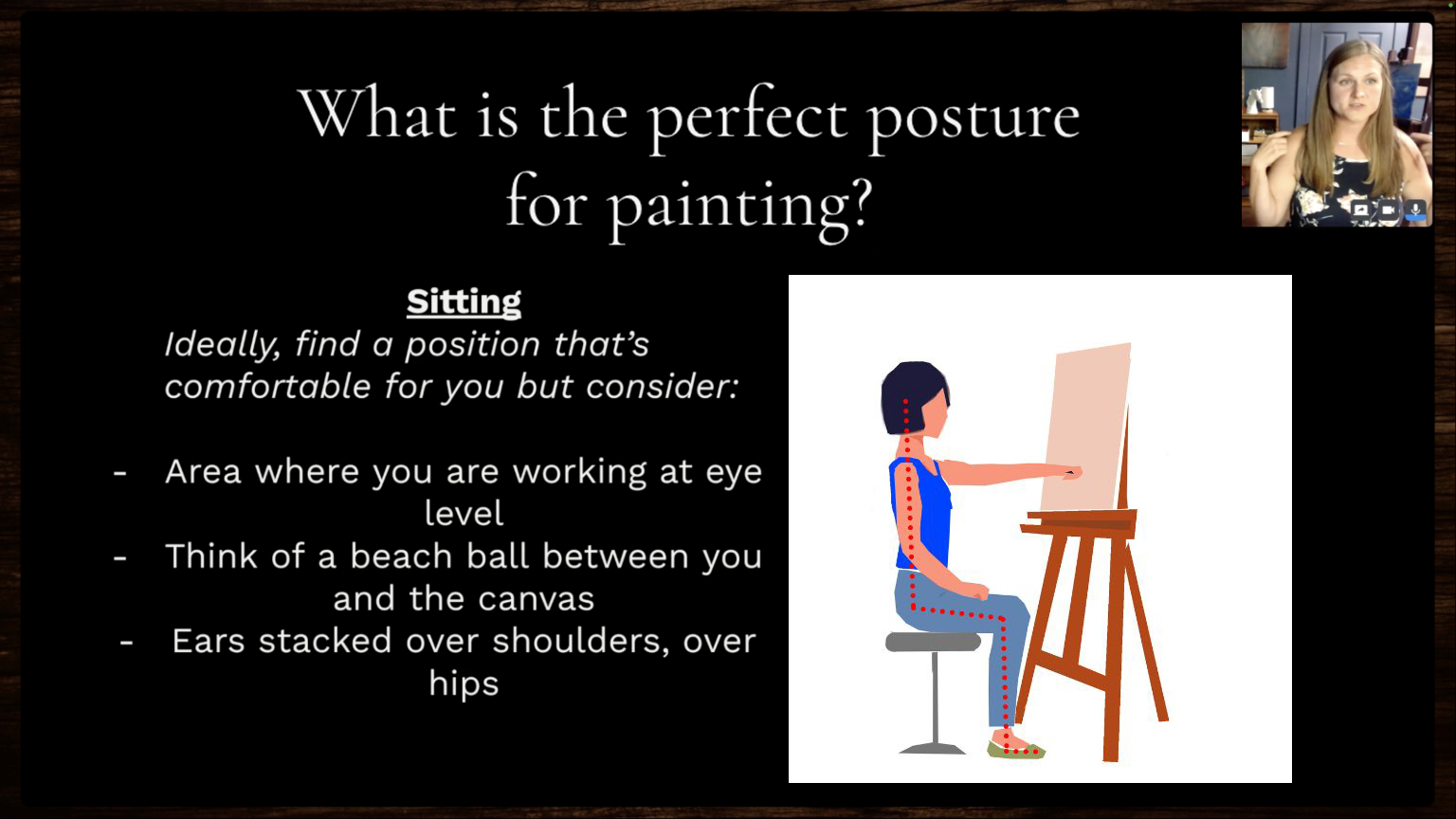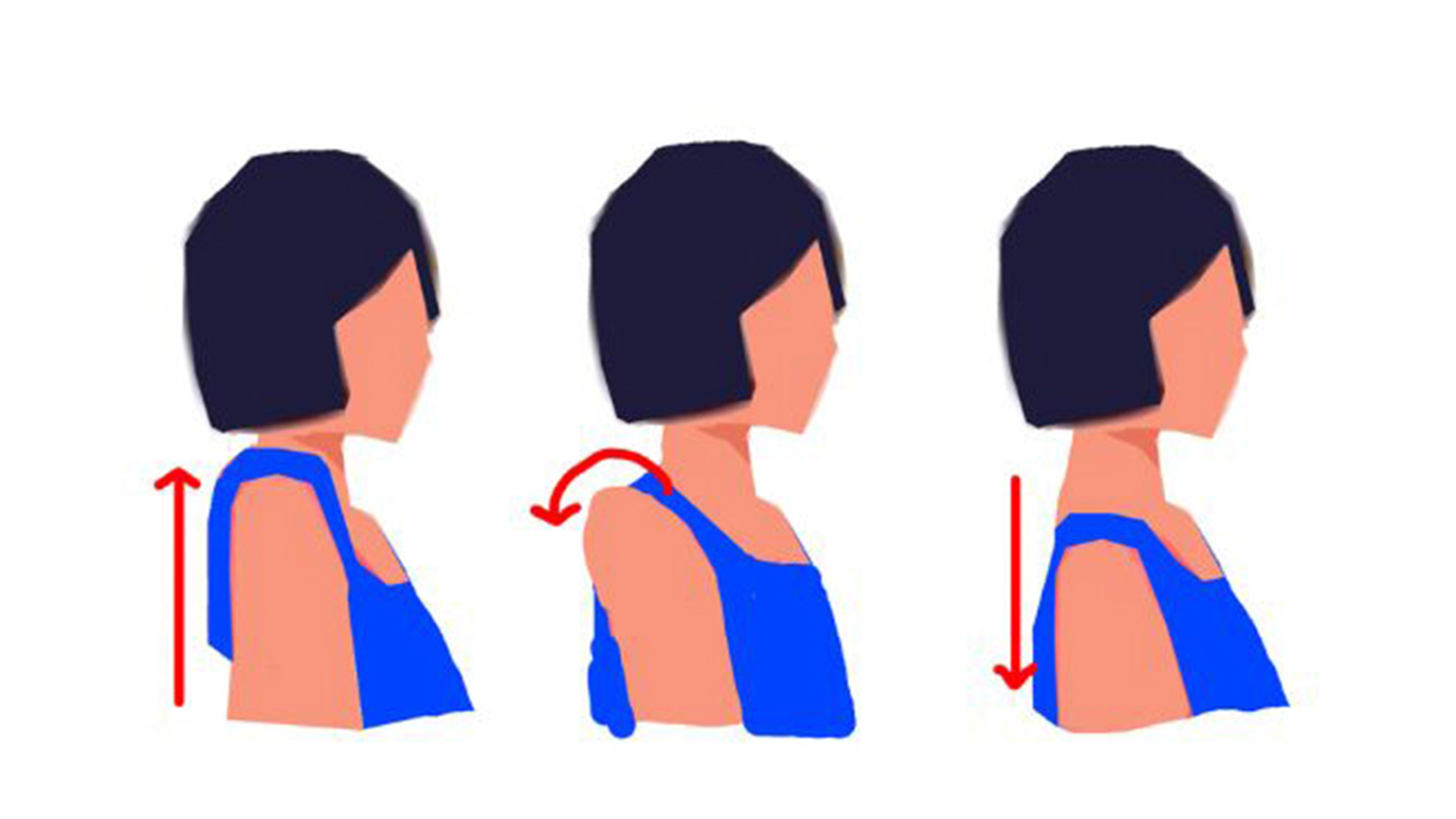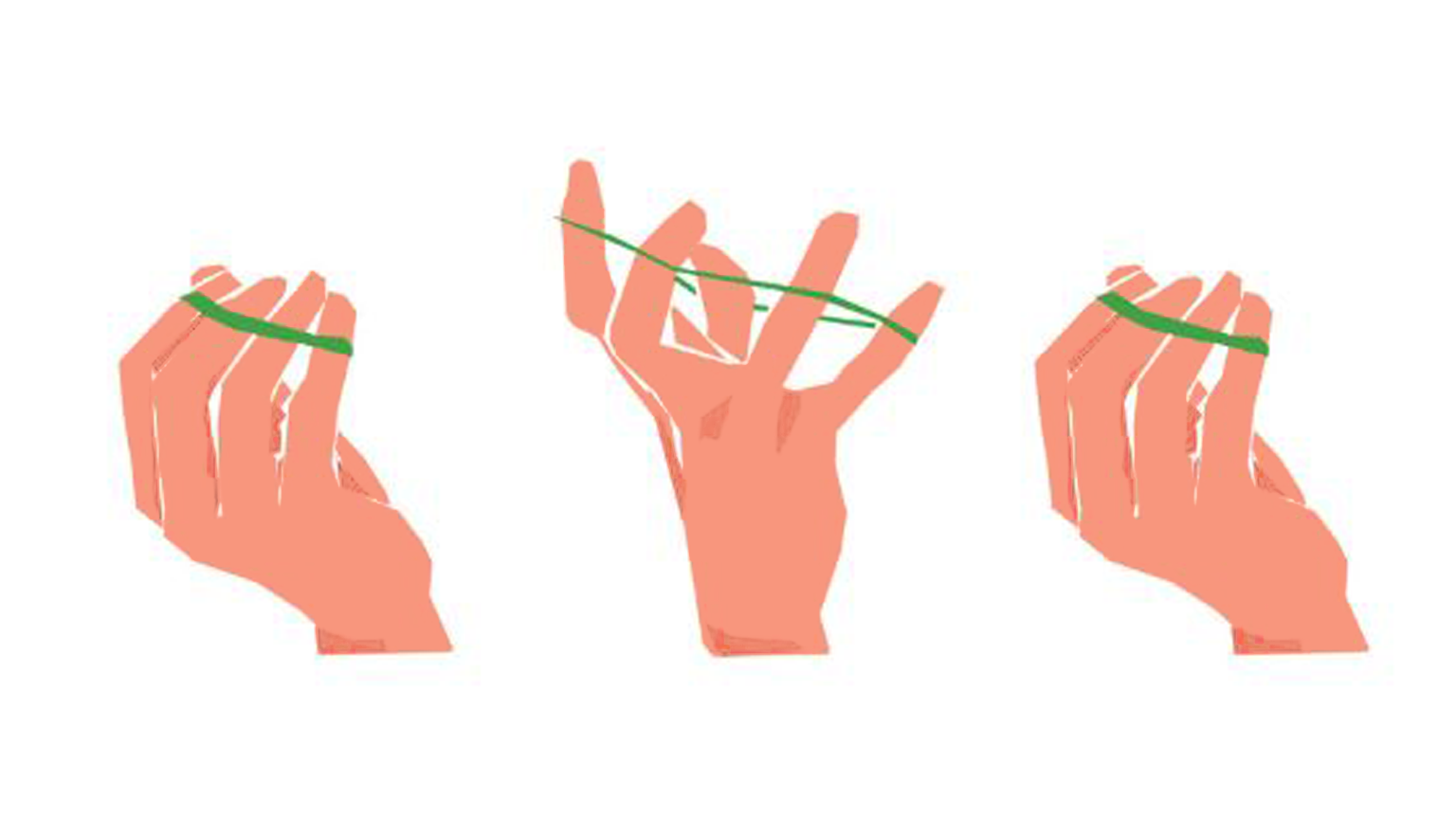
Create solid painting habits with simple ergonomic adjustments while painting. Credit: Evolve Artist
As artists, we dedicate long hours to perfecting our craft, whether it’s mixing colors at our easels or creating detailed brushstrokes. Without considering ergonomics for artists, working for extended periods can strain our bodies. The key to a long, healthy artistic career is learning how to sustain both your physical health and creative flow. In this post, we’ll explore how to work comfortably, avoid injury, and adopt best practices for longevity in your art practice.
(Note: this blog post is adapted from an Evolve Student Live Class titled "Ergonomics of Painting." This live class was hosted by Piper Talladay and Sarah McCoy in July 2024.")

Evolve students get to participate in weekly live classes like this one, featuring licensed athletic trainer, Sarah McCoy, focused on artist wellness and longevity. Credit: Evolve Artist.
Why Ergonomics Matter for Artists
Pursuing art may not seem physically taxing, but repetitive movements and long periods of painting in poor postures can lead to strain, discomfort, and even injury. Whether you’ve experienced neck, back, or wrist pain while working, you’re not alone. As Sarah McCoy, a licensed athletic trainer (MS Education, LAT, and ATC) shared in a recent ergonomics class for Evolve students, proper body mechanics can prevent injuries like rotator cuff tears, carpal tunnel syndrome, and sciatica.
In her own work, Sarah has spent years helping individuals adjust their workspaces and habits to promote well-being and longevity. By understanding your body’s mechanics and making small adjustments, you can maintain your health and continue creating art for years to come.
3 Tips for Ergonomic Painting
Tip #1: Mind Your Posture
One of the first things to consider when painting is your posture. Your body naturally has three curves in the spine—at the neck, upper back, and lower back. These curves help absorb daily stress and keep the body balanced. Rather than focusing on “sitting up straight,” which could flatten your spine’s natural curves, imagine a string pulling from the top of your head to elongate your spine. Keep your ears aligned over your shoulders and hips, which will help reduce pressure on your neck and back.
For example, if you find yourself leaning in too close to your canvas, your upper back and neck may start to strain. To correct this, Sarah suggests thinking of a “beach ball” between you and the canvas to maintain a healthy distance, which also helps you avoid hyper-focusing on small details.

Sarah suggests thinking of a “beach ball” between you and the canvas to maintain a healthy distance, which also helps you avoid hyper-focusing on small details. Credit: Evolve Artist Live Class.
Tip #2: Optimize Your Easel Setup
Having an adjustable easel is a game-changer. Ideally, your easel should be set so that the canvas is at eye level, reducing the need to hunch over. Whether you’re sitting or standing, aim to keep an arm’s length distance between you and your canvas. If you’re sitting, try to avoid slouching or leaning too far forward, as this can put stress on your spine.
Standing while painting offers more mobility and makes it easier to step back from your work to evaluate it from a distance. However, if you’re standing for long periods, avoid “propping up” by shifting all your weight onto one leg, which can lead to hip or back discomfort. Instead, try placing one foot on a small box to maintain a more balanced posture.
Tip #3: Neutral Wrist Position and Grip

As much as possible, Sarah encourages artists to try and maintain a neutral wrist position. Credit: Evolve Artist
Your wrist is essential when working with fine details, but holding your brush incorrectly can lead to issues like carpal tunnel syndrome. Maintaining a neutral wrist position (where your wrist is neither flexed nor extended) helps prevent strain. Sarah recommends avoiding a tight grip on your brush, which can cause tension in your hand and forearm. Instead, aim for a relaxed grip, which not only protects your hand but also allows for smoother, more fluid brushstrokes.
For example, while working on detailed areas of your painting, hold your brush closer to the bristles for more control, but for looser, broader strokes, you can move your grip further down the handle to encourage a lighter, more relaxed stroke.
Incorporating Micro Breaks
No matter how good your posture or setup is, taking regular breaks is crucial. Micro breaks—30-60 second pauses—help reset your posture and reduce muscle fatigue. Here are a few simple stretches and exercises Sarah recommends:
• Neck Roll: Gently tilt your head from shoulder to shoulder in a half-circle motion. This helps release tension in the neck and upper back, which often build up after long hours at the easel.
• Shoulder Shrug: Shrug your shoulders up toward your ears, roll them back, and then lower them down. This brings your shoulder blades into their proper position, alleviating strain on your upper back.
• Wrist Stretch: To prevent carpal tunnel, stretch your wrist by extending your arm forward and gently pulling your hand back with the opposite hand, keeping your elbow straight. Repeat with both hands.
These breaks take minimal time but make a huge difference in preventing injuries and ensuring your body stays comfortable while working.

To reset your shoulder engagement, bring your shoulders up to your ears, roll them back, and bring them down. Avoid simply pinching your shoulder blades together. Credit: Evolve Artist.
Strengthening and Stretching for Longevity
Strengthening exercises for your hands and wrists are also helpful, especially if you spend hours holding a brush. Sarah recommends resistance exercises like gently pressing each finger against your thumb, creating resistance and building hand strength. You can also use a rubber band around your fingers to practice opening and closing your hand, which helps strengthen the muscles responsible for grip.
Here’s an example of how to implement these exercises:
• Strengthening Exercise: After an hour of painting, take a break and stretch your hand by extending your fingers wide and then bringing them together again. This can prevent stiffness and reduce the risk of hand injuries over time.

Place a band around your fingers with your finger pads facing towards you. Extend and contract your hands against the resistance of the band. Try to control the speed to continue to strengthen the hand. Credit: Evolve Artist.
Conclusion: Sustaining Your Art Practice
Taking care of your body now ensures you’ll be able to continue creating for years to come. Adjusting your posture, using the right tools, and incorporating micro breaks into your routine are small changes that can make a significant impact.
Remember: your art is important, but so is your health. With a few ergonomic adjustments, you can keep creating without sacrificing your well-being. If you’re feeling discomfort or pain during your work, consider reaching out to a professional to ensure you’re supporting your body in the best way possible.
By following these ergonomic tips, you’ll set yourself up for success in both your creative endeavors and long-term health.
We recommend you check in with your health provider before trying any new stretches.
FREE MASTERCLASS:
The 4 Part Framework to Develop Artistic Excellence in 12 Months
